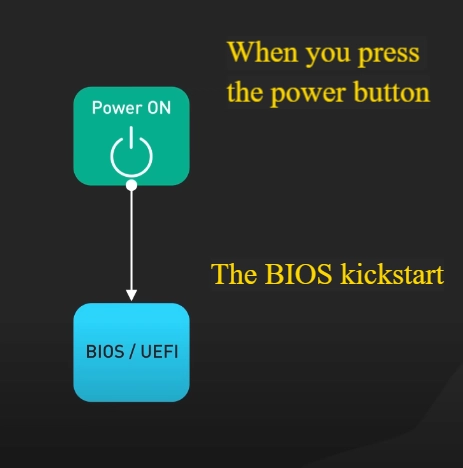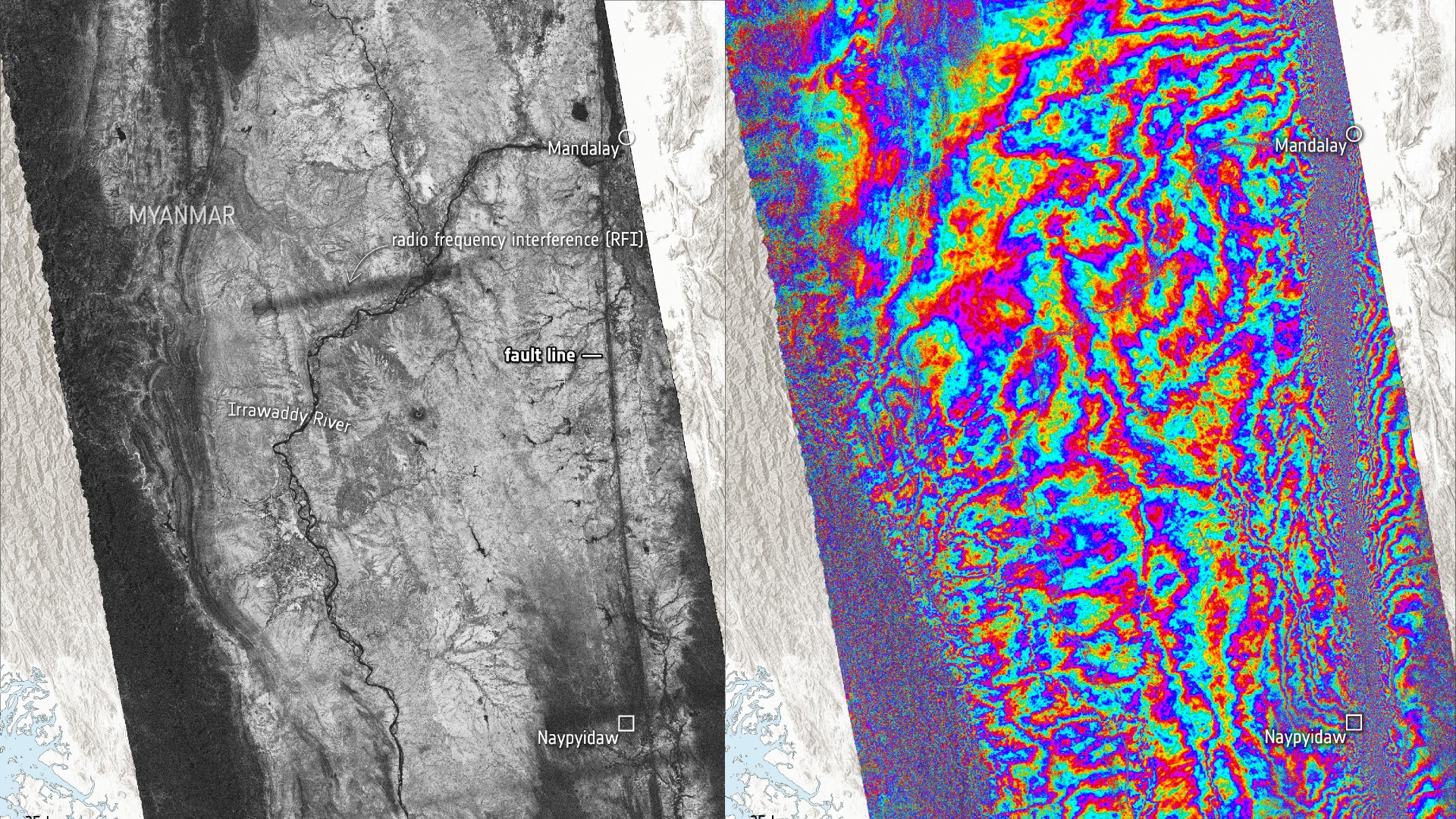AI Helps Unravel a Cause of Alzheimer's Disease and Identify a Therapeutic Candidate
"A new study found that a gene recently recognized as a biomarker for Alzheimer's disease is actually a cause of it," announced the University of California, San Diego, "due to its previously unknown secondary function." "Researchers at the University of California San Diego used artificial intelligence to help both unravel this mystery of Alzheimer's disease and discover a potential treatment that obstructs the gene's moonlighting role." A team led by Sheng Zhong, a professor in the university's bioengineering department, had previously discovered a potential blood biomarker for early detection of Alzheimer's disease (called PHGDH). But now they've discovered a correlation: the more protein and RNA that it produces, the more advanced the disease. And after more research they ended up with "a therapeutic candidate with demonstrated efficacy that has the potential of being further developed into clinical tests..." That correlation has since been verified in multiple cohorts from different medical centers, according to Zhong... [T]he researchers established that PHGDH is indeed a causal gene to spontaneous Alzheimer's disease. In further support of that finding, the researchers determined — with the help of AI — that PHGDH plays a previously undiscovered role: it triggers a pathway that disrupts how cells in the brain turn genes on and off. And such a disturbance can cause issues, like the development of Alzheimer's disease.... With AI, they could visualize the three-dimensional structure of the PHGDH protein. Within that structure, they discovered that the protein has a substructure... Zhong said, "It really demanded modern AI to formulate the three-dimensional structure very precisely to make this discovery." After discovering the substructure, the team then demonstrated that with it, the protein can activate two critical target genes. That throws off the delicate balance, leading to several problems and eventually the early stages of Alzheimer's disease. In other words, PHGDH has a previously unknown role, independent of its enzymatic function, that through a novel pathway leads to spontaneous Alzheimer's disease... Now that the researchers uncovered the mechanism, they wanted to figure out how to intervene and thus possibly identify a therapeutic candidate, which could help target the disease.... Given that PHGDH is such an important enzyme, there are past studies on its possible inhibitors. One small molecule, known as NCT-503, stood out to the researchers because it is not quite effective at impeding PHGDH's enzymatic activity (the production of serine), which they did not want to change. NCT-503 is also able to penetrate the blood-brain-barrier, which is a desirable characteristic. They turned to AI again for three-dimensional visualization and modeling. They found that NCT-503 can access that DNA-binding substructure of PHGDH, thanks to a binding pocket. With more testing, they saw that NCT-503 does indeed inhibit PHGDH's regulatory role. When the researchers tested NCT-503 in two mouse models of Alzheimer's disease, they saw that it significantly alleviated Alzheimer's progression. The treated mice demonstrated substantial improvement in their memory and anxiety tests... The next steps will be to optimize the compound and subject it to FDA IND-enabling studies. The research team published their results on April 23 in the journal Cell. Read more of this story at Slashdot.

Read more of this story at Slashdot.




















_NicoElNino_Alamy.jpg?width=1280&auto=webp&quality=80&disable=upscale#)





















































